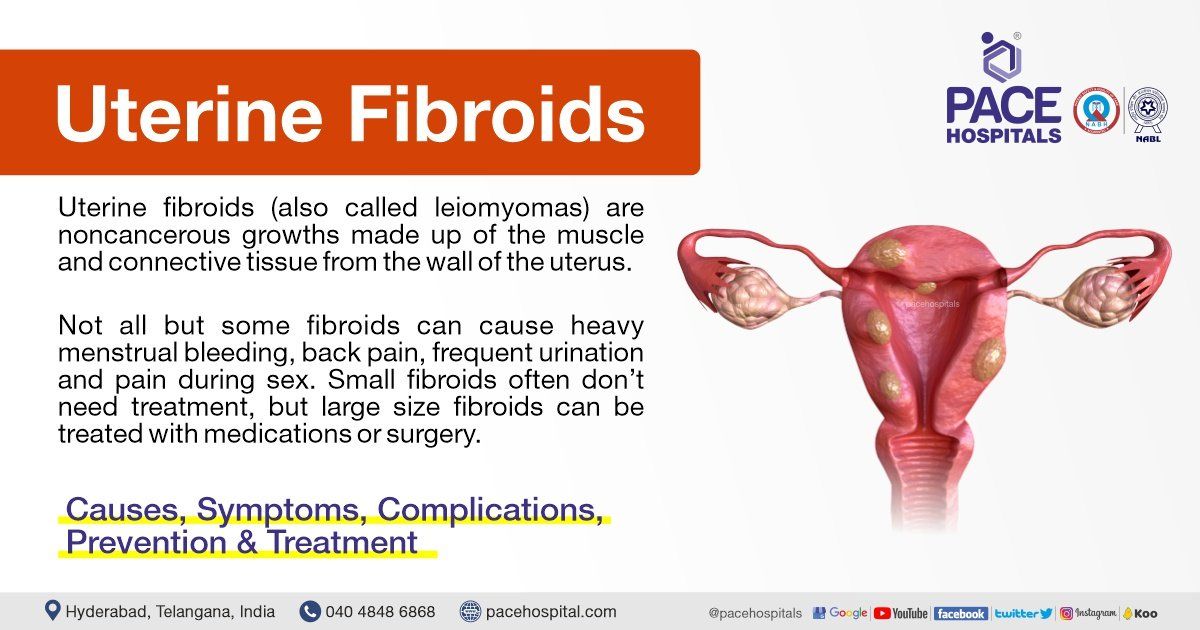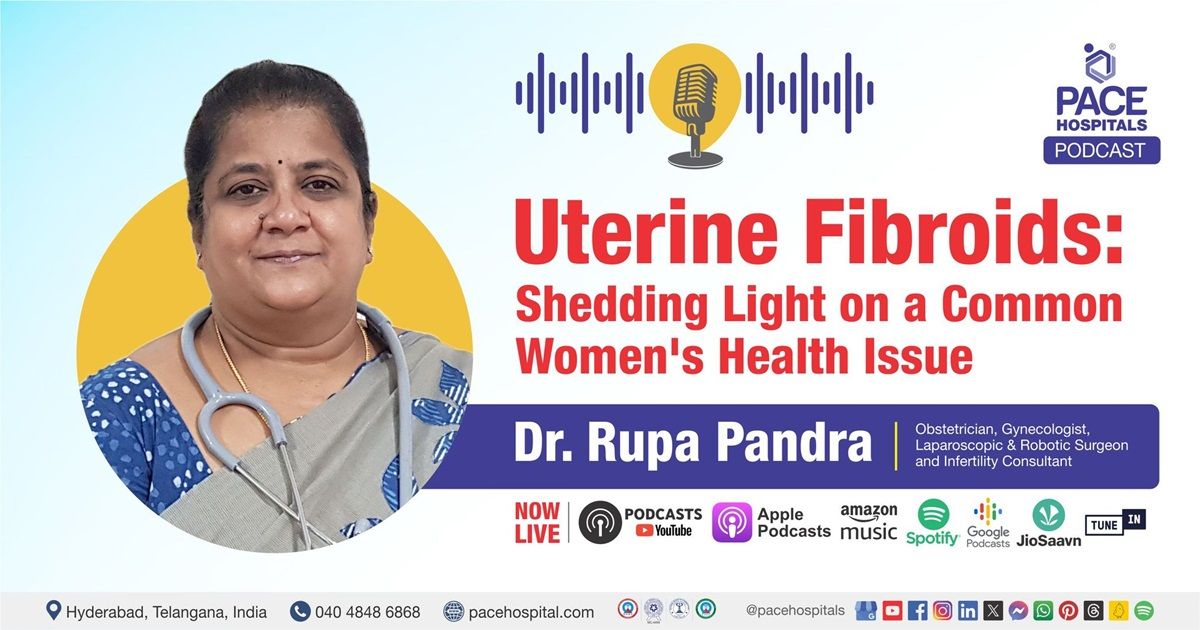Uterine Fibroids and Their Causes, Symptoms and Treatment Explained by Dr. Bandawar

Uterine fibroids are non-cancerous tumors that develop within the muscle tissue of the uterus. They can be classified into three main types based on their location: submucosal fibroids, which grow inside the uterine cavity; intramural fibroids, which are located within the uterine wall; and subserosal fibroids, which appear on the outer surface of the uterus.
The exact cause of fibroids is not fully understood, but factors such as hormonal changes, genetics, and lifestyle choices may contribute to their formation. Common symptoms include heavy menstrual flow, pelvic discomfort, and frequent urination.
Diagnosis is usually made through pelvic examinations, ultrasounds, or MRI scans. Treatment options vary depending on the size of the fibroids and the severity of symptoms. These options may include medications, non-invasive procedures, or surgical interventions such as myomectomy or hysterectomy.
Related articles


Share on
Request an appointment
Fill in the appointment form or call us instantly to book a confirmed appointment with our super specialist at 04048486868












